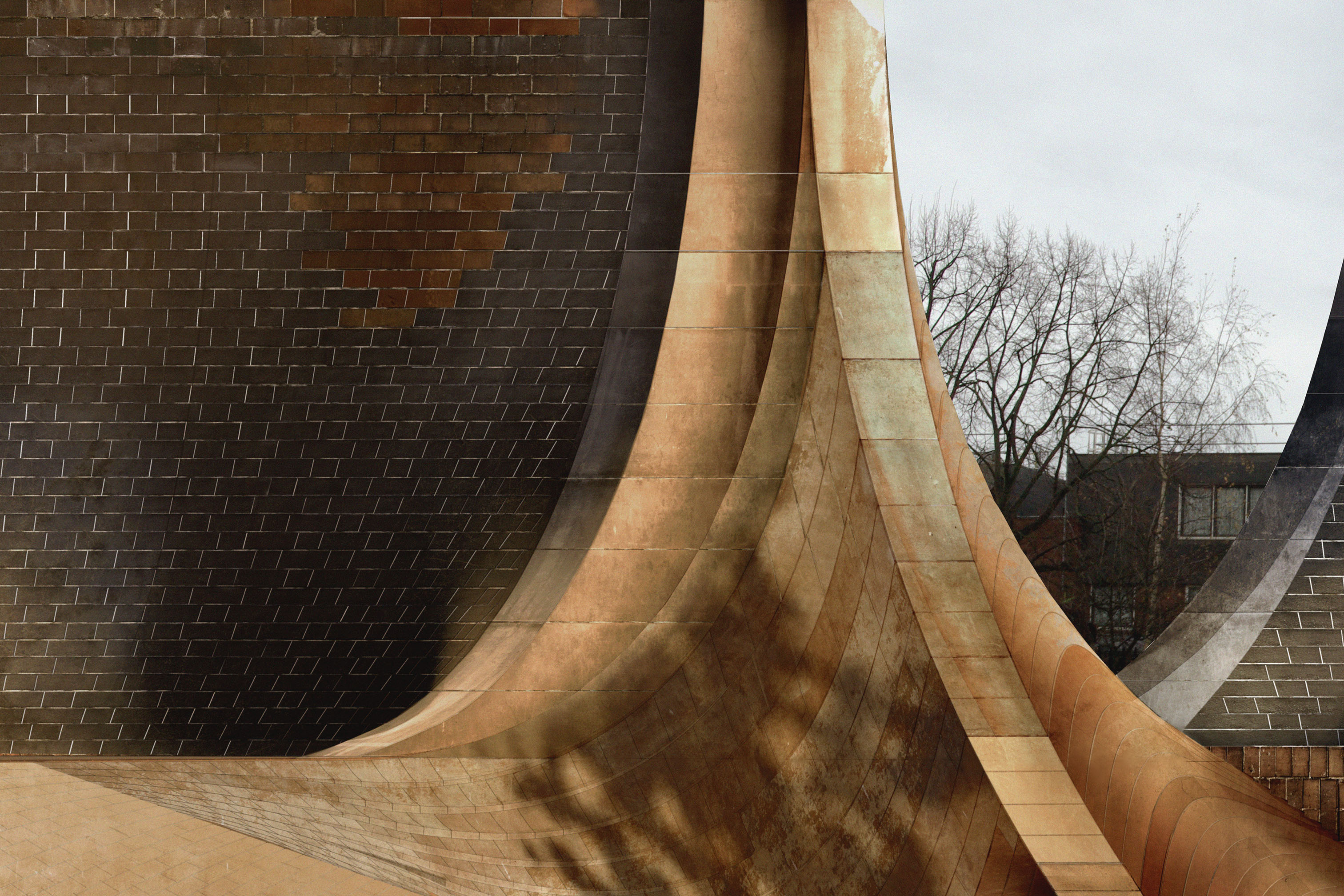This story appears in Gross Ideals: Tales of Tomorrow’s Architecture, edited by Edwina Atlee, Phineas Harper, and Maria Smith (The Architecture Foundation, 2019).
Overgrowth is a collaboration between e-flux Architecture and the Oslo Architecture Triennale within the context of its 2019 edition.
© 2019 e-flux and the author
